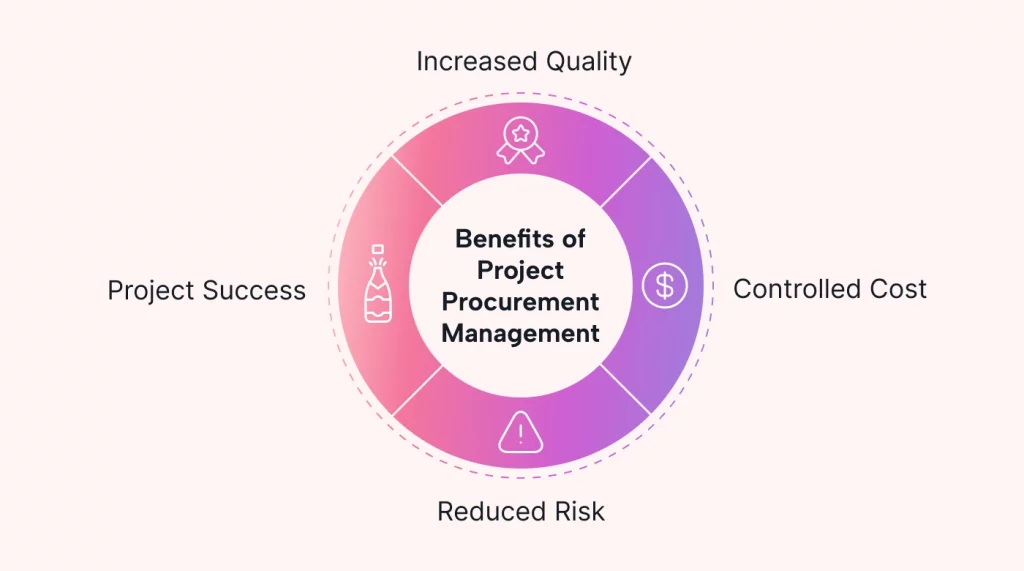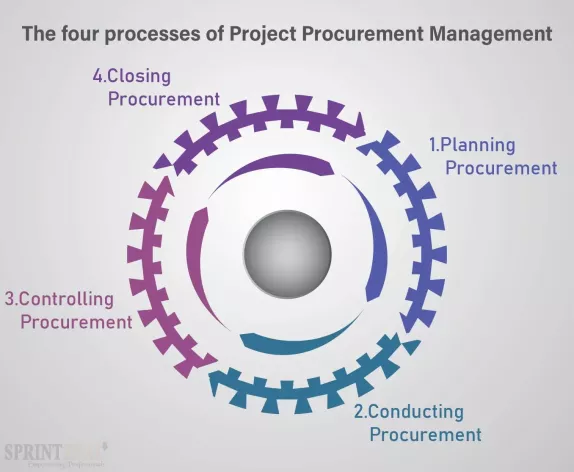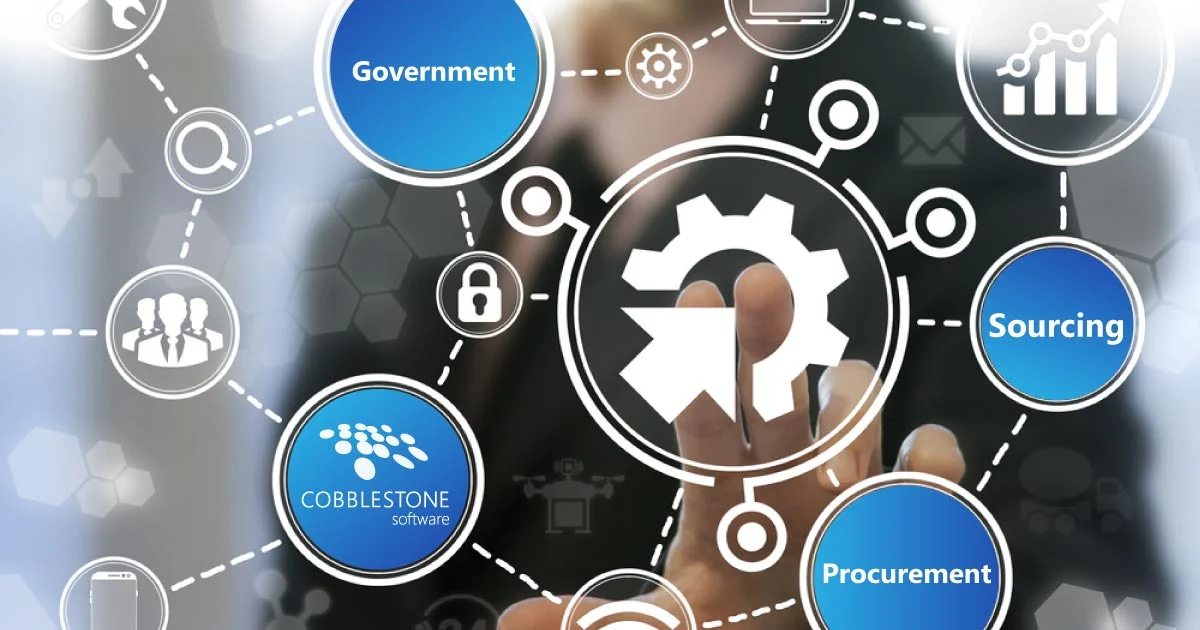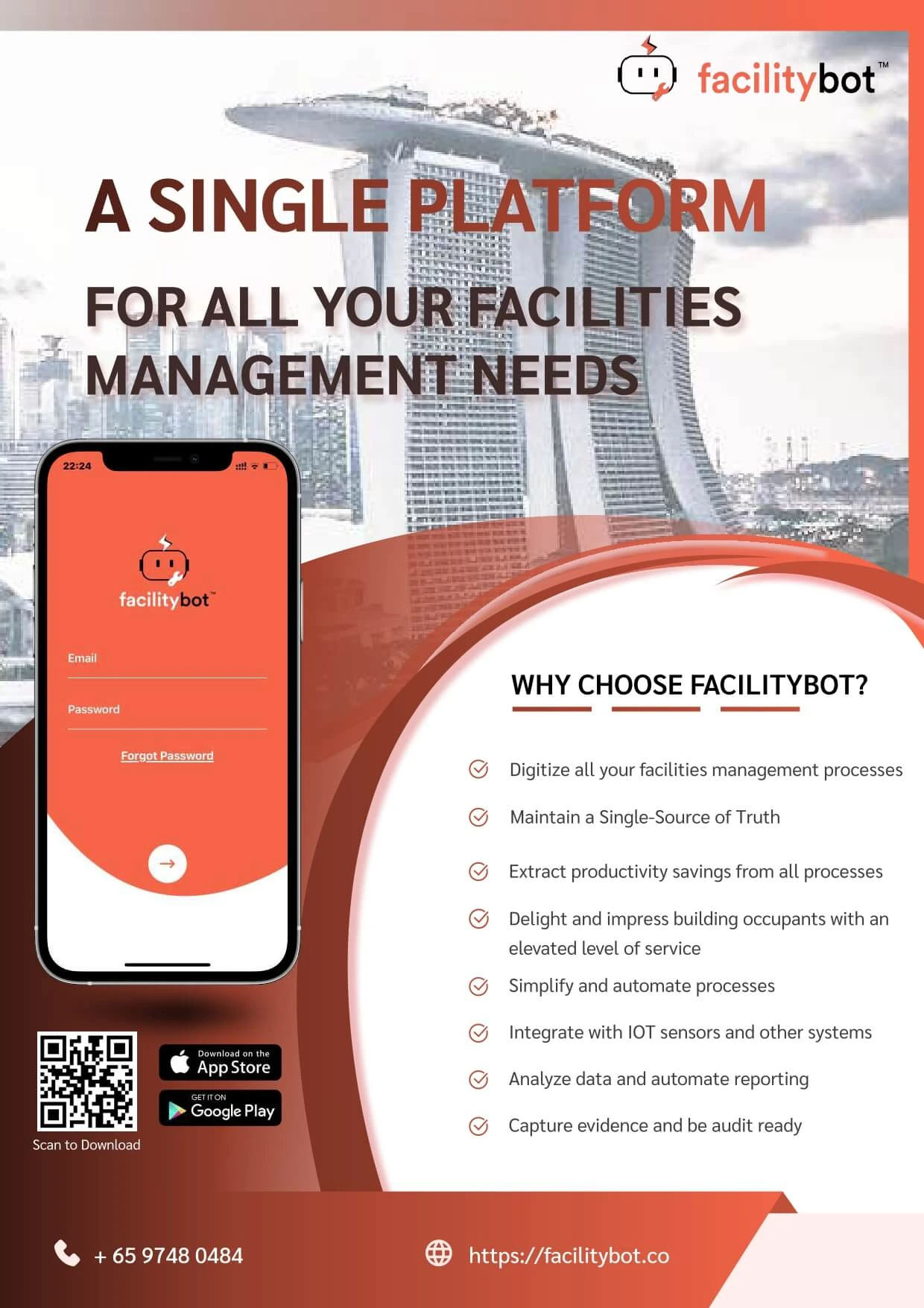Last updated on May 12th, 2025 at 07:05 pm
Project procurement management is a crucial component of project management that ensures goods and services are sourced efficiently, cost-effectively, and in alignment with project goals. Whether you’re managing construction, facilities, or IT infrastructure, understanding the four main processes of project procurement management helps ensure your project’s success. These processes—Plan Procurement Management, Conduct Procurements, Control Procurements, and Close Procurements—provide a structured approach to manage vendor relationships and contract lifecycle effectively.
1. Plan Procurement Management
The first process, Plan Procurement Management, involves developing a comprehensive procurement management plan that outlines how goods and services will be acquired for the project. During this phase, the project team decides what will be purchased externally and what can be handled in-house. Key activities include:

- Creating the procurement management plan
- Performing make-or-buy analysis
- Developing statements of work (SOWs)
- Defining vendor selection criteria
- Identifying potential risks and mitigation strategies
This planning process directly impacts the project’s budget, timeline, and scope. By aligning procurement needs with project requirements, organizations can avoid costly delays and supply chain disruptions.
2. Conduct Procurements
Once the planning is complete, the next step is to Conduct Procurements. This process involves soliciting bids, evaluating vendor proposals, and awarding contracts. Key tools and activities include:
- Issuing Request for Information (RFI), Request for Proposal (RFP), or Request for Quotation (RFQ)
- Hosting bidder conferences to clarify project scope
- Evaluating proposals based on defined criteria
- Negotiating and finalizing contracts
Having a robust evaluation and negotiation strategy ensures that the selected vendors meet both the technical and financial requirements of the project. This process is often collaborative, involving procurement officers, project managers, and financial stakeholders.
3. Control Procurements
After contracts are signed, the Control Procurements phase begins. This process is critical to ensure that contracted deliverables are provided according to agreement. It includes:

- Monitoring vendor performance
- Performing quality inspections and audits
- Managing contract changes and risk
- Issuing work orders and tracking deliverables
- Managing payment schedules and records
Using performance metrics and centralized contract management tools helps keep vendors accountable and the project on track. Software platforms that integrate procurement monitoring and vendor communications streamline this process.
4. Close Procurements
The final phase, Close Procurements, formalizes the end of vendor contracts and ensures all project deliverables have been met. Activities include:
- Verifying contract completion
- Releasing final payments
- Conducting procurement audits
- Documenting lessons learned
- Archiving procurement records
This step not only closes the current procurement cycle but also informs future procurement decisions through detailed documentation and performance reviews. Companies may also use closure metrics to evaluate vendor reliability for future projects.
Why Project Procurement Management Matters in Facilities Management
In facilities management, project procurement is often tied to long-term infrastructure, maintenance, or renovation projects that require coordination between internal teams and third-party vendors. Proper procurement ensures the timely delivery of equipment, services, and materials—critical for meeting compliance standards and staying within budget.
By following the four main processes of project procurement management, facilities managers can streamline operations, reduce risks, and enhance collaboration between stakeholders and suppliers.
How Facility Bot Supports Project Procurement in Facilities Management
Facility Bot is a powerful facility management software that streamlines procurement workflows by integrating vendor communication, contract tracking, and maintenance scheduling into a single platform. It helps facilities teams manage their procurement lifecycles with better visibility and control. With built-in tools for task automation, digital work orders, and real-time performance monitoring, Facility Bot ensures that project procurement activities are aligned with organizational goals.
Additionally, Facility Bot functions as an cloud-based asset management software, giving you complete control over asset lifecycles, from acquisition to decommissioning. This means you can make informed procurement decisions based on asset performance data, usage trends, and maintenance history—all within one intuitive dashboard.
If you’re looking to optimize procurement in your facility projects, Facility Bot is the all-in-one solution that ensures smarter, faster, and more strategic purchasing decisions.




